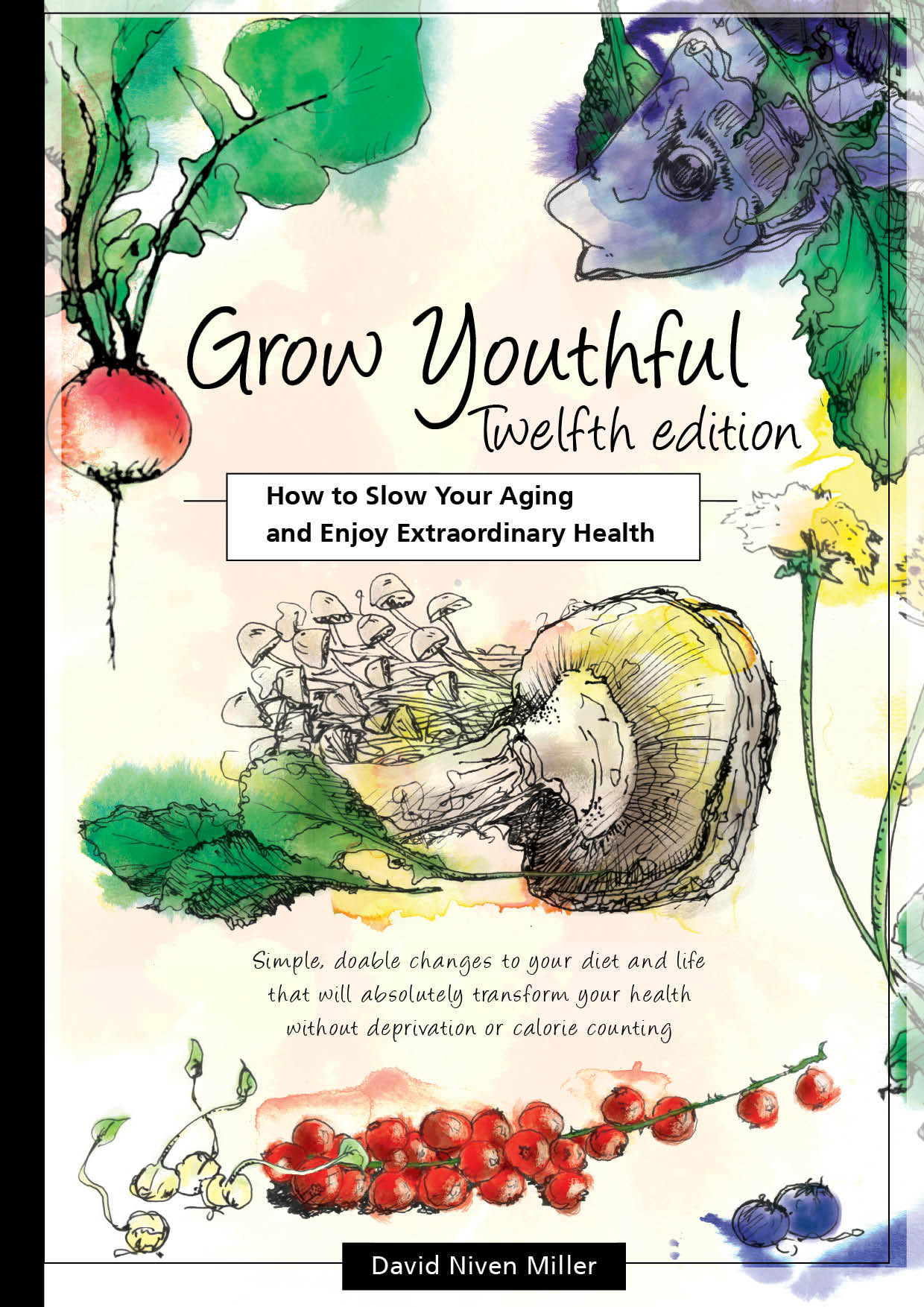
Three 10 minute bouts of walking beat 30 minutes
Fractionized exercise
Other research
Any movement is good
References
Fractionized exercise
A study (1) examined whether breaking up exercise into small, manageable segments throughout the day would be as beneficial as the same length of exercise in one continuous bout.
Glenn Gaesser and his colleagues used a group of adult volunteers who were generally healthy except for early symptoms of high blood pressure. Hypertension (high blood pressure) is one of the primary risk factors for heart disease and stroke. Those in the study tended to have an average daily blood pressure around an unhealthy 140/90 and a tendency to occasional higher spikes during the day.
Many studies show that prehypertension responds well to exercise. However, these studies all employed moderate exercise sessions lasting for an uninterrupted 30 minutes or so per day. This is the common standard for improving health.
Gaesser wanted to know whether dividing 30 minutes of exercise into three 10 minute sessions spaced throughout the day would have a better outcome. His volunteers walked briskly at an intensity equalling about 75% of each volunteer's maximum heart rate during three 10 minute sessions at 9:30am, 1:30pm and 5:30pm. They also completed one 30 minute session of brisk walking one afternoon on a separate day, and on the final day they did no exercise.
The result was that breaking up the daily exercise into three short sessions was significantly more effective than a single half-hour session. Average blood pressure was lowered, as well as the number of times their blood pressure spiked above 140/90.
This confirms yet again that sitting for long periods throughout the day is damaging to health and longevity, and it is highly beneficial to get up and move around many times every day. Any movement, just getting up and going into another room, reaching up, reaching down, is betting than sitting or lying for many minutes.
Many people think that 30 minutes of exercise each day is just too hard or takes up too much time, but now there is proof that even a brisk 10 minute walk or other exercise is a great thing to do, and will have a significant effect on your health.
According to Gaesser, "it seems clear that, at least for blood pressure control, fractionized exercise is actually more effective than a single 30 minute bout."
Other research
This study joins a growing body of evidence suggesting that for many purposes, short, cumulative exercise sessions are remarkably beneficial.
Another study (2) of children and teenagers in 2011 found that repeated bouts of running or other physical activity lasting as little as five minutes at a time reduced their poor cholesterol profiles, wide waistlines and above-average blood pressure readings as much as longer exercise sessions did.
Other studies (3) found that exercising sporadically throughout the day aids in weight control, particularly for older women. They also showed that short, random exercise sessions improved aerobic fitness among previously sedentary people as much as a single, longer workout did. The short sessions were also more likely to be maintained over the long-term.
However, so-called fractionized exercise has its limits. Gaesser again: "You're not going to make it to the Olympics based on three 10 minute walks a day. You'll be healthier. You won't be an athlete."
Gaesser and his colleagues are now investigating whether even shorter bouts of exercise aid in blood pressure control and other measures of health. "We're trying to find out if, say, two minutes of walking done 15 times during the day is as effective."
Any movement is good
Even if you are not exercising and getting your heart and breathing rates up, any movement is beneficial. Today's lifestyles mean sitting for long periods - working, studying, eating, travelling, watching TV, relaxing. Sitting still for an hour is damaging and dangerous - and it can be countered just by getting up and walking around.
References
1. Bhammar DM, Angadi SS, Gaesser GA.
Effects of Fractionized and Continuous Exercise on 24-h Ambulatory Blood Pressure.
Med Sci Sports Exerc. 2012 Jul 6.
2. Holman RM, Carson V, Janssen I.
Does the fractionalization of daily physical activity (sporadic vs. bouts) impact cardiometabolic risk factors in children
and youth?
PLoS One. 2011;6(10):e25733. Epub 2011 Oct 5.
3. Quinn TJ, Klooster JR, Kenefick RW.
Two short, daily activity bouts vs. one long bout: are health and fitness improvements similar over twelve and twenty-four
weeks?
J Strength Cond Res. 2006 Feb;20(1):130-5.
